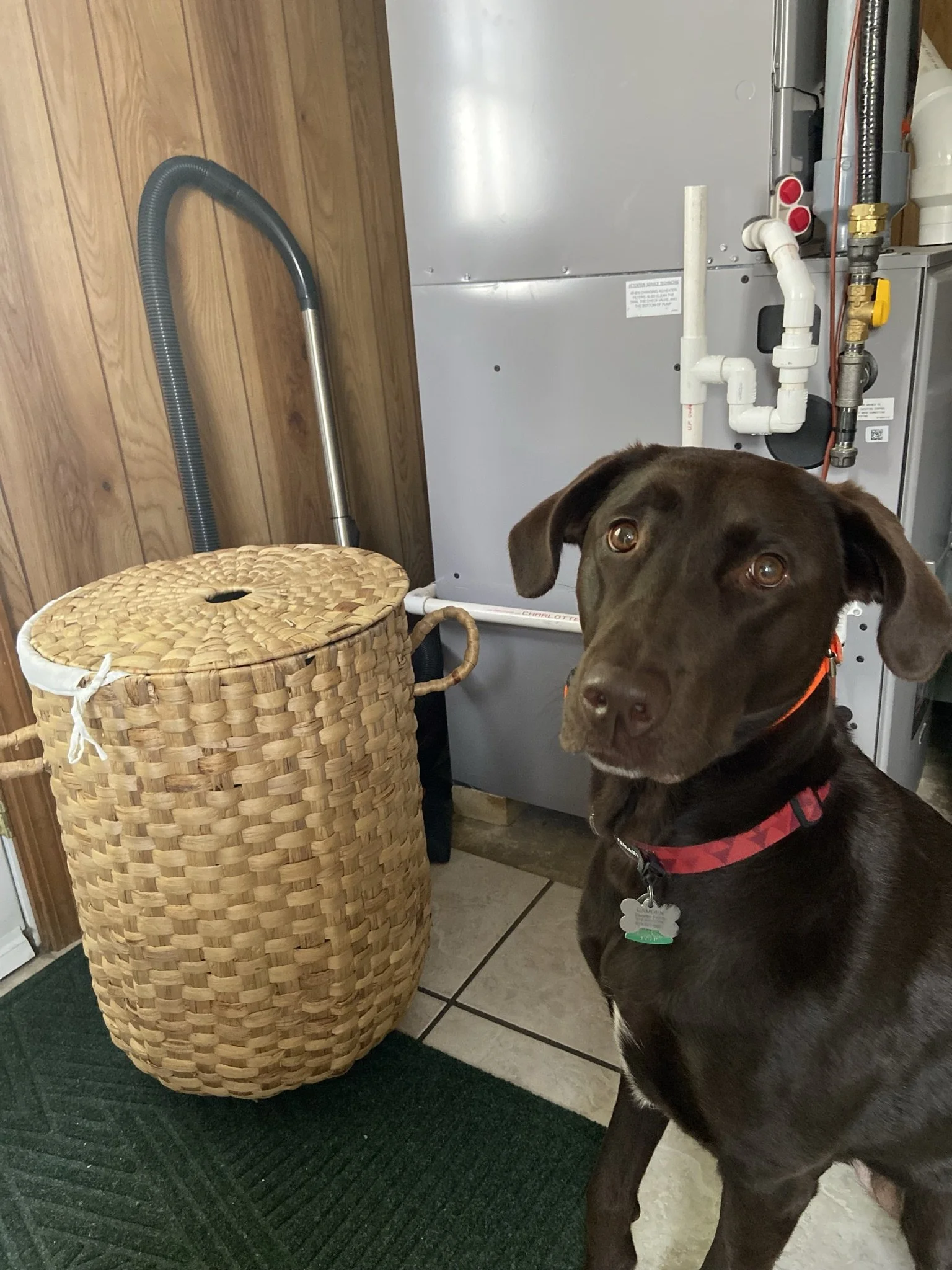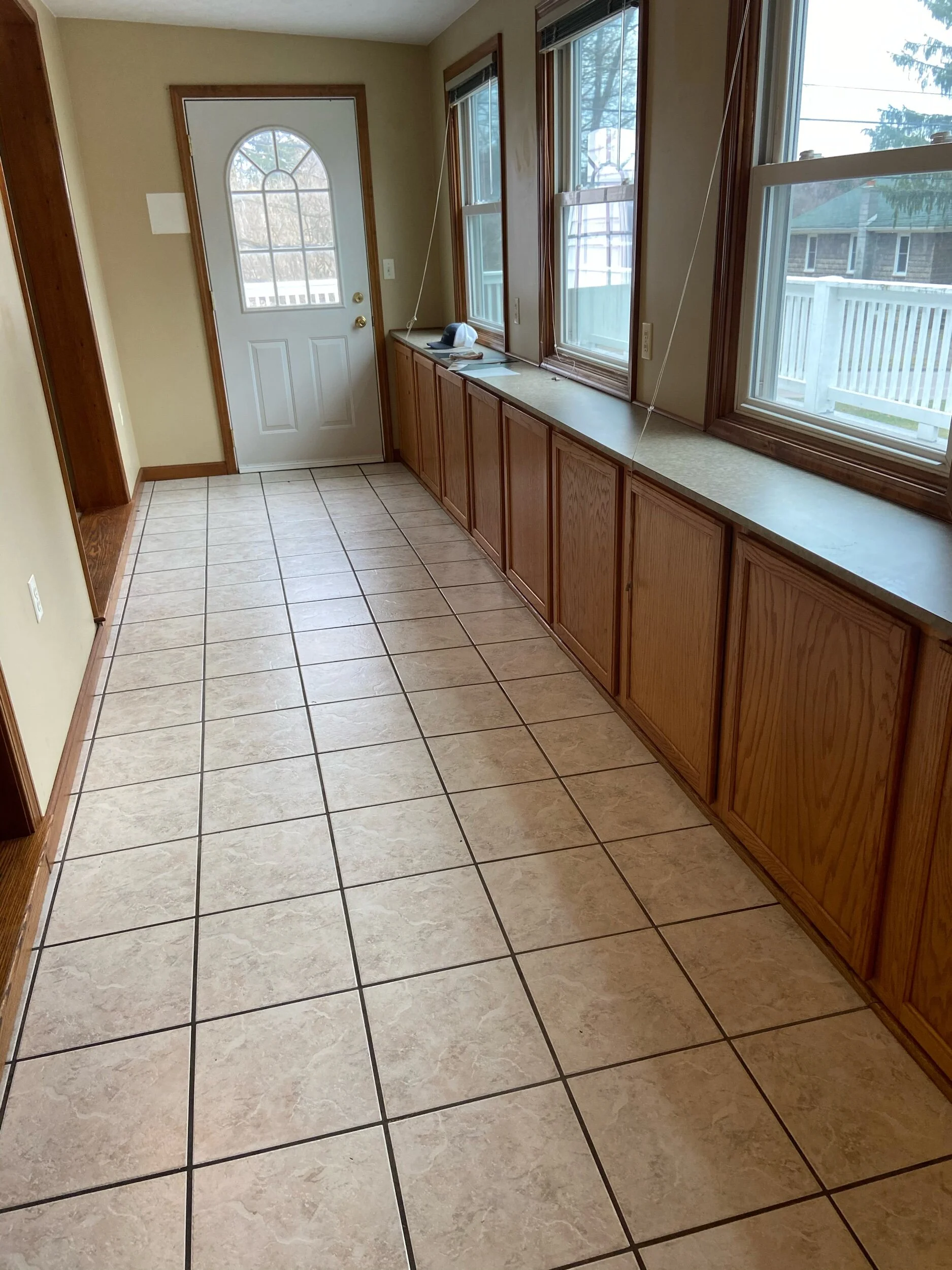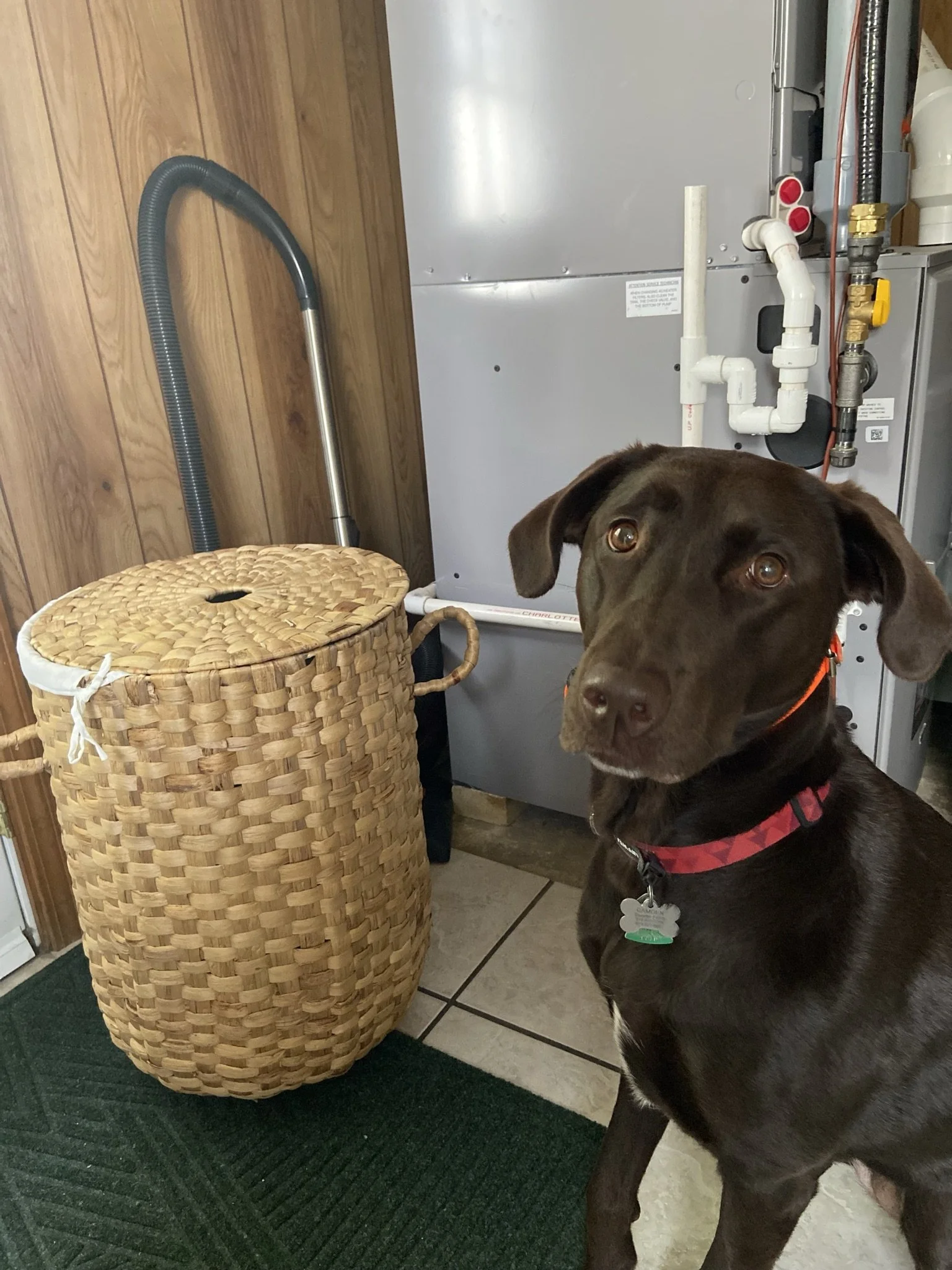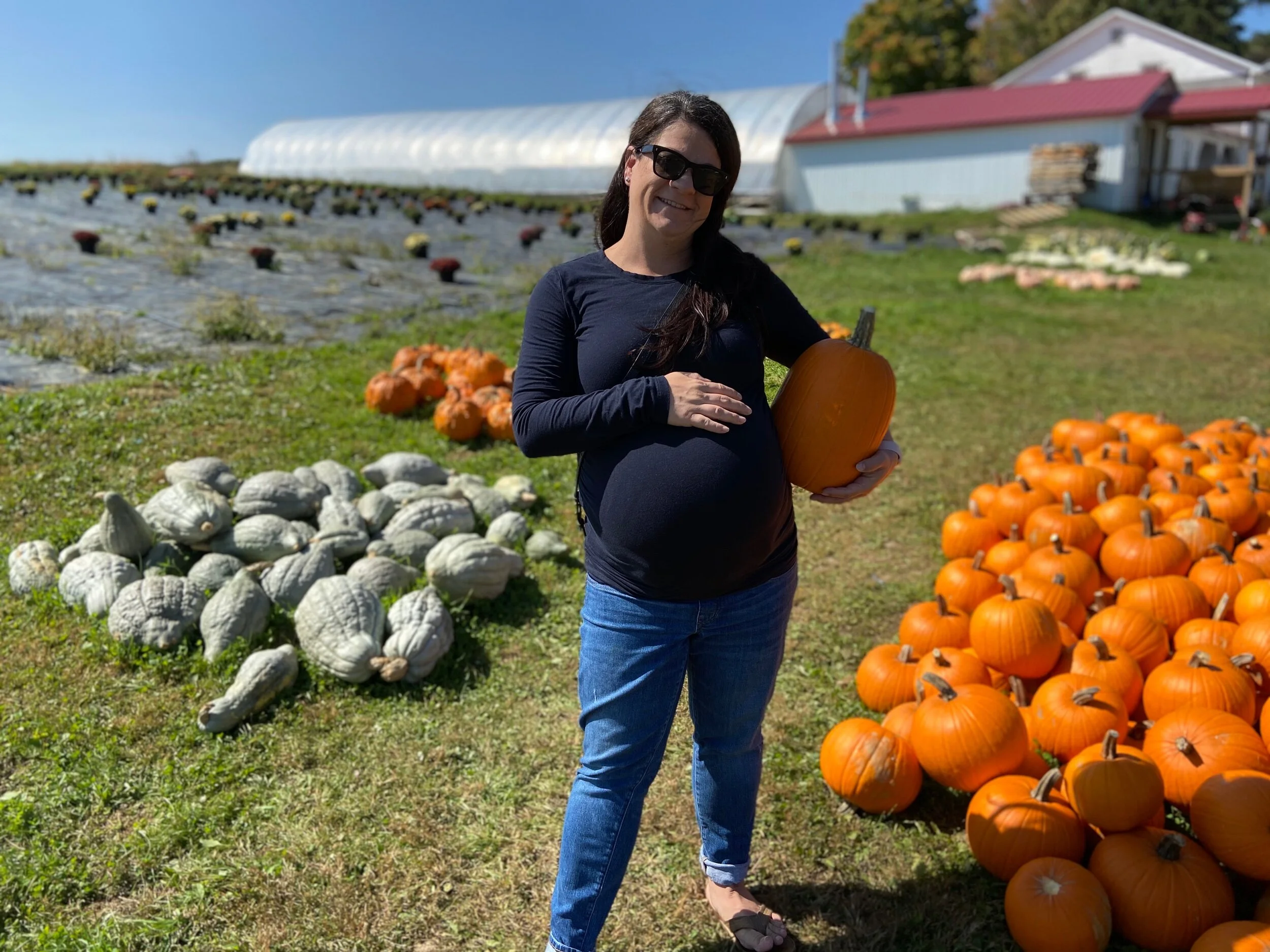Energy Efficiency & An Old Farmhouse
There are a lot of systems in a home that one can adopt to make it more energy efficient. The biggest system upgrade Tom and I decided to tackle after we purchased our new house was our heating and cooling system, referred to as the HVAC system from here.
For most homeowners, integrating passive heating and cooling into a home is extremely important, especially in the programming and pre planning design phase, but just as important is your choice of mechanical HVAC system.
A disclaimer here: I am not an expert in residential mechanical systems. What we chose for our family may not be the best fit for someone else, but I wanted to share our experience nonetheless. I’m still learning, ALWAYS learning, but our goals were to reduce our carbon footprint, stay within a budget, and work within the available systems to us locally.
We have a handful of existing passive systems in the house. The downstairs stays very cool in the summer since we don’t get a lot of western exposure (i.e. HOT afternoon sun). We also get great cross-breeze through the first floor main rooms. However, we don’t have any of that cross-breeze on the second floor, and the small bedrooms get very warm. In the winter our main floor stays relatively warm, mostly from the low winter sun pouring in through the sunroom on the back of the house.
As an architectural designer I have been working on finishing my licensing exams, and on the last two I need to pass I have gotten held up on electrical and mechanical systems. It's not typically something we design ourselves, but we do need to be involved in coordinating those systems with engineers and contractors. Locally in residential design, for an addition or remodel situation, I have typically seen mini split systems specified. This happens a lot because older homes around Deep Creek Lake have electric baseboard heating, and no air conditioning. The most cost and energy efficient solution is therefore implementing different zones in the home with mini-split heat pump systems. This eliminates the need for running new ducts through an entire existing home.
Our existing system was an old fuel oil furnace that vented through an unlined chimney. To bring it up to code we would have had to properly line the chimney, and we would be burning inefficient, expensive, not to mention dirty, fuel oil. Since our house was already equipped with a ducted system we decided to go with a new heat pump furnace. Since HVAC systems aren’t necessarily visually exciting, please enjoy this photo of my pretty laundry basket and adorable dog Camden!
If you would like to explore some resources about heat pumps and energy efficient HVAC systems please check out the links below.
“You’re Thinking About Home Heating Wrong” - The Atlantic
Grantsville is in Garrett County near Deep Creek Lake and it is COLD. My friend Jessica likes to refer to us as the Tundra of Maryland and she’s not wrong! Heat pumps are inefficient once they drop below a certain temperature. That temperature depends on the brand, and what the sales person has told you...With that said, in a cold climate, you need a fossil fuel backup. Since we had natural gas available to us in town we opted for that. I like to keep things honest here, and I know that needing a fossil fuel backup is not ideal sustainably, but it's also a reality for most. Since our stove is also natural gas we will likely upgrade our cooking source to an induction stove when we’re ready.
The air conditioner was great to have through the summer, and our electric bill was relatively low. I am looking forward to providing an update for how our heating system performs over the winter, and all signs point toward pretty low electric bills!




